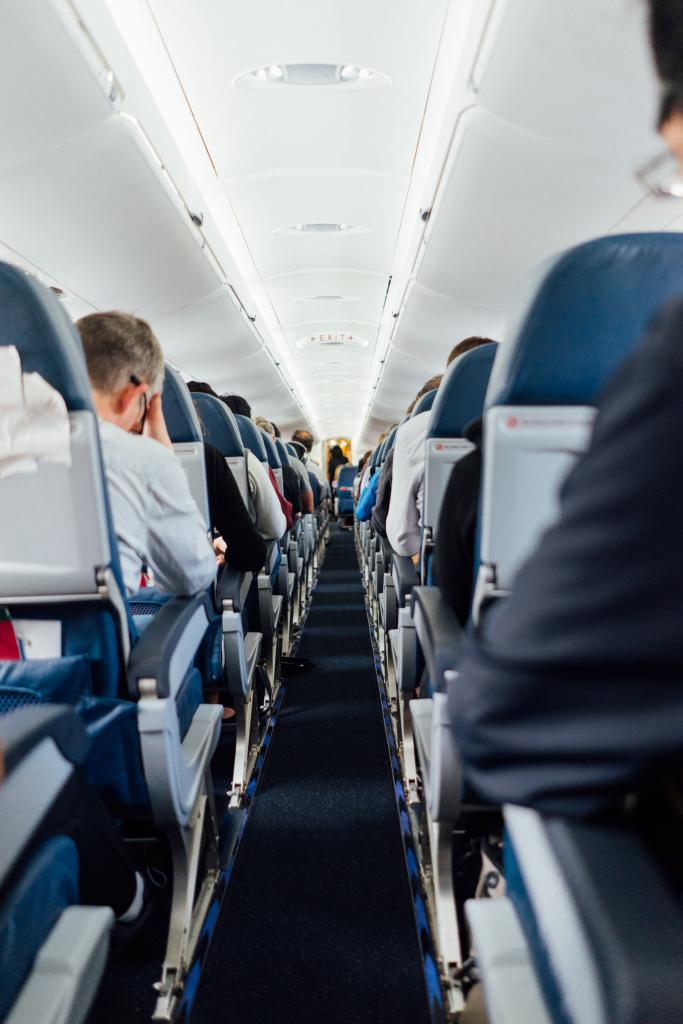
When multinational companies are at risk of insolvency, directors and creditors alike often look to the English courts for an orderly and fair resolution that will command respect around the globe. That was certainly so in the case of a Hong Kong-based airline whose business was devastated by the COVID-19 pandemic.
In the year to January 2020, the airline carried almost seven million passengers. Due to the pandemic and a decline in the number of people wishing to visit Hong Kong, that number fell to fewer than 218,000 in the year to January 2021. The airline’s total indebtedness exceeded HK$49 billion and there was no dispute that it was both cash flow and balance sheet insolvent.
The airline launched proceedings in England seeking the High Court’s sanction of a restructuring plan that was designed to secure its survival as a going concern. The plan involved the injection of HK$3 billion of new money into the business, the reduction of its aircraft fleet from 53 to 20 and the compromise of unsecured creditors’ claims.
Ruling on the matter, the Court noted that the company is registered as an overseas company at Companies House. More than 40 per cent of its overall indebtedness is governed by English law. The company thus had a sufficient connection to this country to confer jurisdiction on the English courts.
Parallel proceedings were on foot in Hong Kong, where a scheme of arrangement in respect of debts not governed by English law had been approved by the required majority of creditors. A sanction hearing was pending in Hong Kong and it was not anticipated that the scheme would be opposed.
The Court noted that it was being asked to play its part in cross-border insolvency proceedings by working hand in glove with the Hong Kong scheme of arrangement. There was, it observed, something to be said for having a comprehensive plan in one jurisdiction, supported by parallel schemes in others, rather than having a jigsaw of interlocking schemes.
The restructuring plan only dealt with about HK$31.55 billion of the company’s debts and would not, by itself, be sufficient to secure the desired commercial outcome. Under its terms, unsecured creditors stood to recover a maximum of not much more than 10 per cent of their money. The only alternative, however, was immediate insolvent liquidation that would offer much lower rates of recovery. The creditors, the Court noted, were the best judges of where their commercial interests lay.
The plan had been approved by requisite majorities at creditors’ meetings, on the outcome of which it was safe to rely. Creditors had a fair opportunity to participate in the process and were kept appropriately informed. In exercising its power under the Companies Act 2006 to sanction the plan, the Court noted that there was a reasonable prospect that it would not have acted in vain. Given the substantial majority of creditors in favour of the plan, it was unlikely that attempts would be made to undermine it in other jurisdictions.